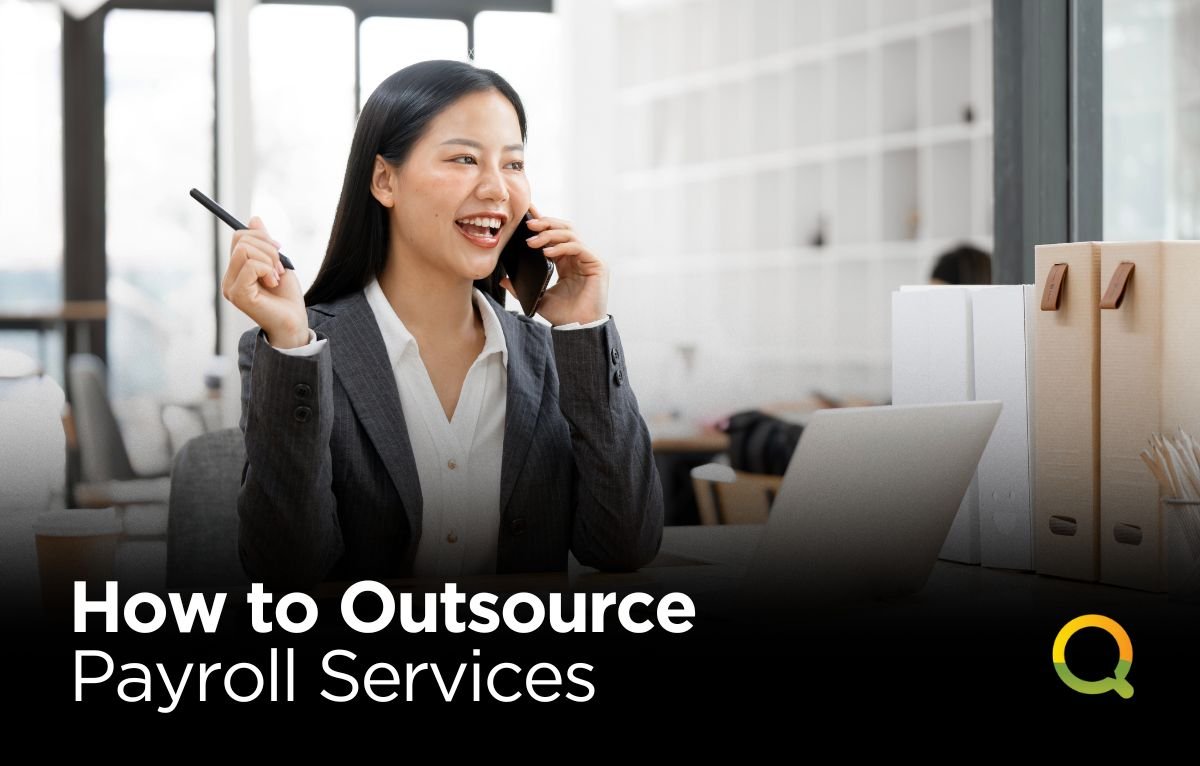
Managing payroll can be one of the most repetitive and time-consuming tasks in any business.
It’s essential but doesn’t directly contribute to growth — and when done manually, it’s easy to make costly mistakes.
That’s why more and more companies are choosing to outsource payroll processing to skilled virtual assistants (VAs), especially those based in the Philippines.
With the right setup, you can delegate the entire process securely and efficiently — saving time, cutting costs, and keeping your payroll accurate and compliant.
Let’s break down how this works and what steps you need to take to outsource payroll successfully.
Payroll isn’t just about issuing paychecks. It involves calculating hours, handling deductions, managing compliance requirements, preparing reports, and keeping up with changes in labor laws.
In-house payroll specialists can cost a premium, especially in countries with high labor rates.
Outsourcing to virtual assistants gives you access to a skilled labor pool at a fraction of the cost.
For example, hiring a payroll assistant in the Philippines can cost 60-70% less than hiring locally, without sacrificing quality or accuracy.
Filipino VAs are known for their strong English communication skills, professionalism, and familiarity with international payroll tools like QuickBooks, ADP, Gusto, Xero, and Paychex.
Aside from cost-efficiency, outsourcing also offers better time flexibility.
Most Filipino VAs are open to working your timezone and can align with your pay schedule, whether that’s weekly, biweekly, or monthly.
A trained payroll VA can manage a wide range of tasks, including:
Tracking employee work hours and leave balances
Processing payroll using platforms like Gusto, ADP, or QuickBooks
Managing tax deductions and benefits
Preparing and sending pay slips
Coordinating with your HR or finance team
Generating reports for audits or compliance
Filing tax documents and year-end reports
Some VAs even specialize in niche tools or industry-specific payroll needs, making them an ideal fit for startups, digital agencies, e-commerce businesses, and consultancies.
Outsourcing payroll successfully involves more than just hiring someone and giving them login access. To get the best results, you need a systemized approach:
Start by defining the exact payroll responsibilities you want to offload. Will the VA be tracking hours and managing benefits, or just processing the numbers and generating payslips? Will they also be handling taxes and compliance reporting?
The more detailed your list is, the easier it will be to find the right candidate.
Your VA will rely on cloud-based payroll tools to manage everything remotely. If you’re already using a tool like Gusto, Xero, or QuickBooks, make sure your VA is trained in it.
If not, you can select a platform that’s VA-friendly and supports remote access with strict permission levels.
Some payroll tools let you assign roles, so your VA can only access what’s needed without exposing sensitive data unnecessarily.
Work with a trusted outsourcing partner or use a vetted VA platform that specializes in professionals from the Philippines.
Look for candidates with a background in accounting, finance, or HR, and who have real-world experience processing payroll.
It’s also important to assess their attention to detail. A single mistake in payroll can lead to employee dissatisfaction or regulatory penalties.
Create a recurring task schedule. For example, collecting timesheets every Friday, submitting payroll runs every Tuesday, and sending payslips by Wednesday.
Use project management tools like Trello, ClickUp, or Asana to track tasks. Communication platforms like Slack or Microsoft Teams help streamline coordination with your in-house team.
Since your VA will be handling sensitive employee data, security must be a priority. Set up two-factor authentication (2FA) on all tools. Use a VPN when accessing payroll systems.
Limit access to only what’s needed and have a clear offboarding procedure in case you change assistants in the future.
It’s also smart to draft a confidentiality agreement and ensure compliance with data privacy laws such as GDPR or your local employment regulations.
Many businesses that outsource payroll to virtual assistants report noticeable improvements within the first few months. These benefits include:
Paying for a full-time in-house payroll officer in North America, the UK, or Australia can run into thousands of dollars per month. With a Filipino VA, you can cut that cost significantly — often paying between ₱25,000 to ₱45,000 per month (roughly $450 to $800 USD).
With the right tools and SOPs, VAs can process payroll with minimal errors, especially when using automated systems. Since their only focus is payroll, they’re less likely to be distracted by other admin work.
Outsourcing frees up your internal team to focus on core activities like hiring, training, and performance improvement instead of spending hours double-checking payslips.
As your team grows, your payroll VA can scale with you — or even help train junior VAs to handle routine admin tasks under their supervision.
While outsourcing can be a game-changer, there are a few challenges you need to manage:
Time zone coordination: Although most Filipino VAs are flexible, it’s important to agree on core working hours and response times.
Training & onboarding: Even experienced VAs need time to learn your internal processes and tools. Plan for at least one to two weeks of training.
Legal & tax compliance: The VA can process and prepare everything, but final compliance checks should still go through your company’s legal or tax advisor to avoid errors.
Outsourcing doesn’t mean removing oversight — it just means you’re freeing yourself from the day-to-day details.
Outsourcing payroll processing to virtual assistants, particularly from the Philippines, is a smart move for businesses looking to reduce costs and boost efficiency.
With the right tools, clear processes, and a qualified VA, your payroll operations can run smoothly in the background — freeing up your time to focus on bigger priorities.
If you’re still handling payroll manually or struggling with local costs, it might be time to explore what outsourcing can do for your business.